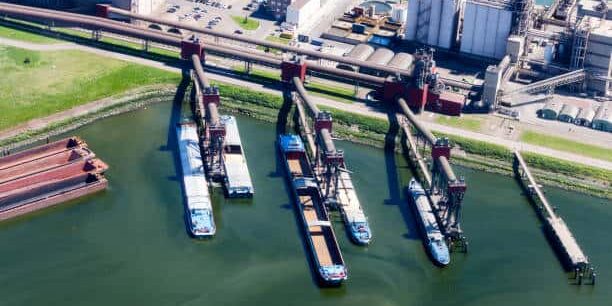As the steel sector advances towards more sustainable practices to meet climate targets, a recent analysis highlights promising opportunities within the shipbuilding supply chain to further reduce greenhouse gas (GHG) emissions. This investigation into steel production for shipbuilding underscores the potential for significant environmental improvements through enhanced industry collaboration.
The study reveals that the shipbuilding industry utilized around 33.2 million tonnes of steel during 2021 and 2022, with China, South Korea, and Japan contributing 88.3% of this total. The embodied GHG emissions from steel used in shipbuilding were estimated at 72.2 million tonnes globally, primarily from these key nations.
In response, several proactive strategies are proposed to drive reductions in these emissions. Key recommendations include boosting energy efficiency in steel production, increasing the adoption of scrap-based electric arc furnace steel, exploring hydrogen direct-reduced iron processes, and strengthening cross-industry collaboration.
These initiatives not only present pathways to reducing the carbon footprint of the steel and shipbuilding industries but also highlight the potential for improved supply chain practices that align with global sustainability goals. By embracing these solutions, the industries can make strides towards greener operations and contribute positively to environmental stewardship.
#ICTTMNews #BreakingNews #SustainableSupplyChain #GreenSteel #EcoFriendlyShipbuilding #EmissionReduction #NewsUpdate







